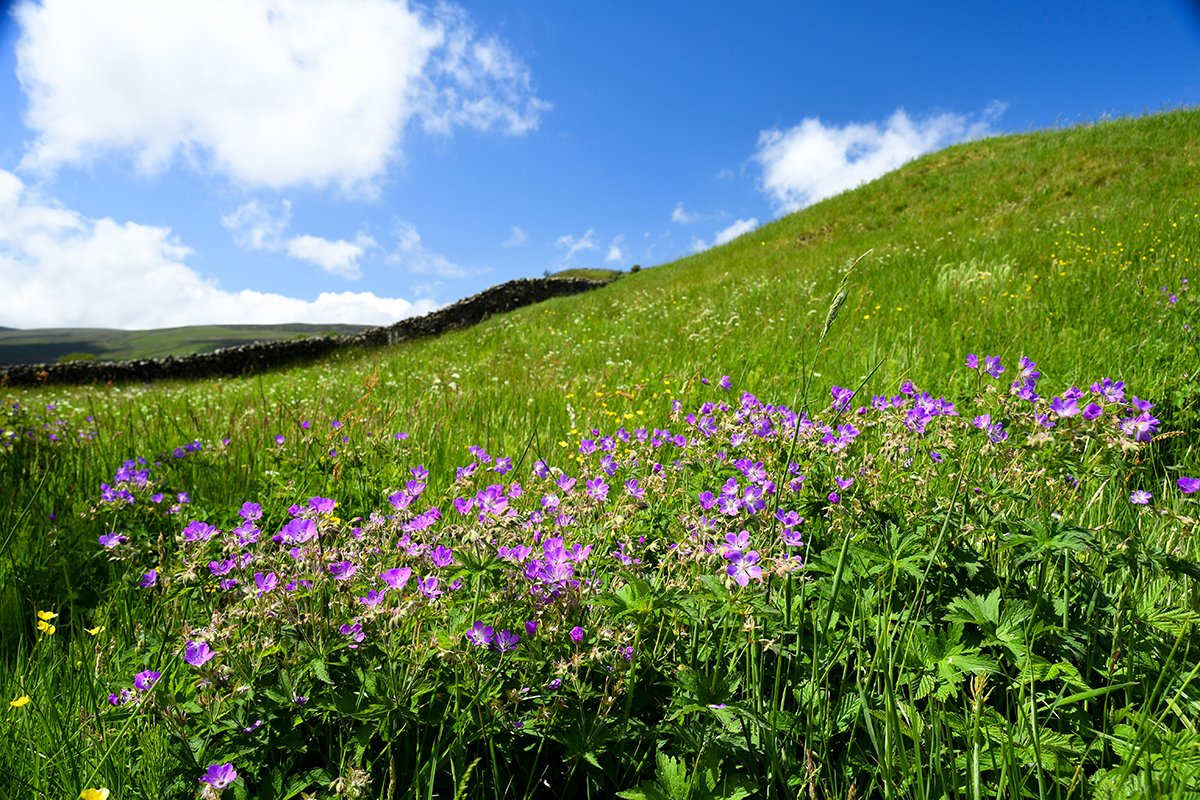5 reasons why Biodiversity Net Gain (BNG) matters
Biodiversity Net Gain (BNG) is a phrase that we’re likely to hear only more regularly thanks to the 2021 Environment Act in which it became a requirement for all new development and infrastructure projects.
BNG is a strategy that was pioneered by our founder, Professor David Hill, back in 2007 which aims to combat the impending existential threat to us all that is biodiversity loss.

1. We’ve already lost 60% of our biodiversity in the UK
In the last 5 decades, the UK has lost 60% of its biodiversity. Such a rapid decline is concerning because the ecosystems that humans and animals rely on to live are at risk if the biodiversity needed for such ecosystems to thrive is depleting.
Rather than looking at climate change and biodiversity loss as separate issues, it must be acknowledged that the two are intertwined. In fact, biodiversity is integral to our chances of halting climate change. The trees and plants that store carbon simply cannot help us in our fight against the climate crisis if their levels are dwindling, or worse, if they do not exist. This is why we need to take action to restore nature at scale.
2. It mitigates further biodiversity loss through development
It is impossible to reverse the building of housing and infrastructure. We believe that development can, and should, still go ahead while biodiversity is simultaneously restored.
In a nutshell, the point of BNG is that it ensures that a development project delivers a more biologically diverse outcome than what was present before a development project began - with a minimum 10% net gain for nature. It requires developers to contribute positively to the ecological landscapes surrounding their infrastructure, while they continue to expand and improve our built environment.
3. It has other benefits like better air quality and locking up carbon
At Environment Bank, our unique approach to securing BNG for developers is through a nationwide network of Habitat Banks that create biodiversity uplift and subsequently allow developers to meet their BNG requirements.
A Habitat Bank is a parcel of land, usually 20 hectares or larger in size (even up to 100 hectares) that is leased from and managed by the landowner with support from expert ecologists.
Habitat Banks are vital components to ecosystem resilience. They’re able to secure essential ecosystem services such as better air quality, locking up carbon, reducing nutrient run-off into our rivers and providing flood mitigation. Placed in the right place, they can even increase agricultural yield potential.
4. It supports the rural economy and rural communities
For too long, biodiversity has been ignored because its decline has not been reflected in economic terms. Now, Habitat Banks provide the opportunity of land diversification for farmers and landowners, who will receive funding for 30+ years in return for creating, managing and monitoring a habitat. This will speed up nature’s recovery because ecosystem restoration now has both ecological and monetary benefits.
5. Bigger and better nature restoration can happen more quickly
For Local Planning Authorities, Habitat Banks provide a streamlined and robust mechanism, compliant with the Environment Act 2021 and the National Planning Policy Framework that delivers nature recovery locally. For developers, they’re able to contribute positively to the nature restoration agenda without the responsibility of managing the habitat themselves.
We are establishing Habitat Banks in every local authority area nationally, creating thousands of hectares of restored habitat for biodiversity. The large-scale of these new sites is far better for biodiversity than the small fragments of amenity land that is incorporated into, for example, housing schemes.
There is simply no time to waste. The delivery of BNG will allow progress and development to continue, while ecosystems are restored at scale. The benefits of nature’s recovery are extensive and will be felt by people today, and in the years to come.
